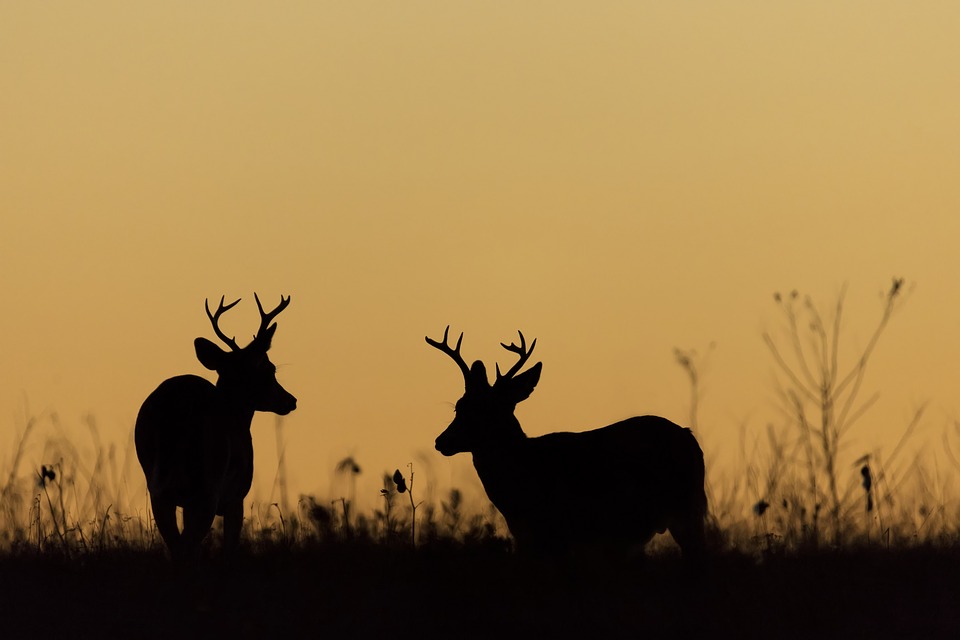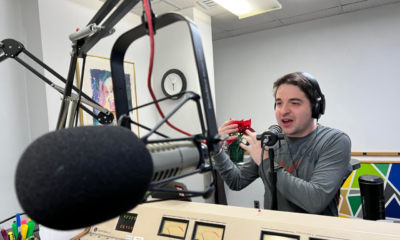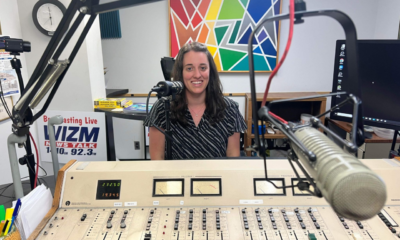Family & Home
What to know before processing that deer at home

As Wisconsin gun deer hunters prepare for opening day Saturday, the question of how to process that venison may be top of mind.
COVID-19 brought challenges for meat processors that are still trying to catch up from a backlog that came when large facilities closed because of virus outbreaks. Whether families are looking for new options because the local butcher is booked, or they want to try their hands at new skills, processing meat at home could be a new option.
“My family has done it that way my whole life,” UW-Extension Educator Heather Quackenboss said. “It was not until recently that I used that benefit of going to the local meat processing places. I think this year in particular, we are all looking for things that we can do and how we can do things more economically. Hunting is certainly one of those ways to do that.”
One of the most important food safety measures is to make sure the venison does not spoil. Quackenboss said once harvested, the deer needs to be cooled down to 40 degrees and field dressed within about 30 minutes. Then, hunters should hang carcasses and keep them chilled between 32 and 36 degrees. After that, it can be cut within a week before freezing it.
“To be able to processing that ourselves and know where our food comes from is a tradition that we can pass onto our kids, or maybe it was passed onto us,” Quackenboss said. “It is something really nice that we can do for ourselves and our family.”
Quackenboss also noted that any areas with bloodshot or visible wounds should be trimmed out. There should also be caution of any internal organs leaking onto the muscle as well as fluids from the spinal cord and brain.
“That can get pretty dangerous, particularly when we’re looking at things like chronic wasting disease or things that deer may have that we don’t want to ingest,” Quackenboss said.
One of the biggest perks of self-processing venison at home is the chance to customize each cut.
“Do you want it more ground? Do you want more steaks? Do you want more roasts? You get to decide that, which is kind of fun” Quackenboss said. “I know my family went through a lot of ground meat when the kids were a little smaller, and eventually we had to go from the one pound package to the two pound package.”
Once the met is cut, she recommended using freezer paper or freezer wrap and package the items tightly.
“The other thing that happens when you package your own meat is your patience will be tested,” Quackenboss said jokingly. “Initially, you’re going to start cutting off all of the fat and cutting off all of the tendons and the stuff that you don’t want to eat, and then by the end what tends to happen to me or in our family is we just start getting what you can and throwing it in the bags or in the freezer paper.”
For those who do not wish to freeze meat or who do not have freezer space, canning is another option. That method will require a pressure canner. UW-Extension does have resources for processing meat at home online.







